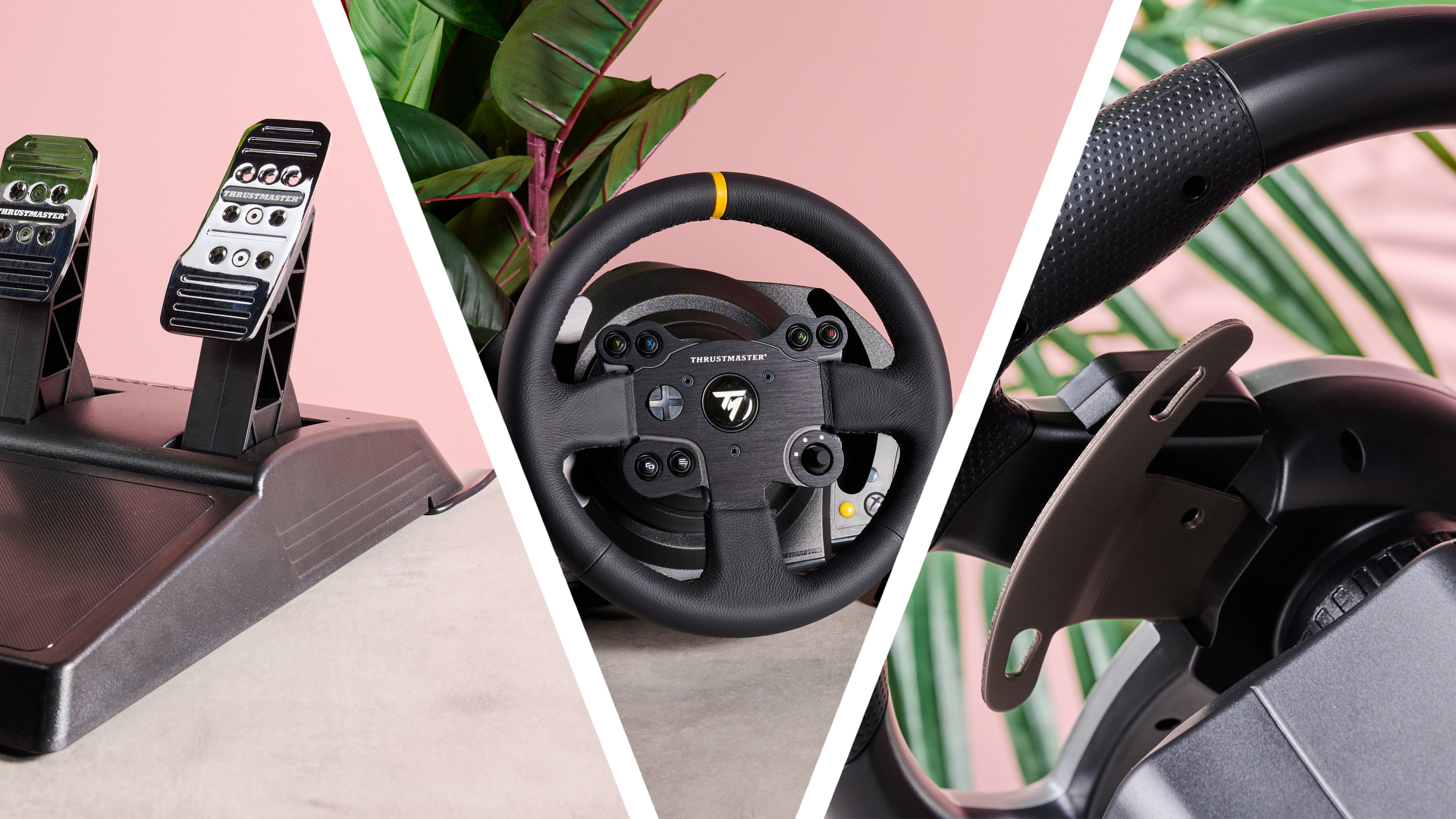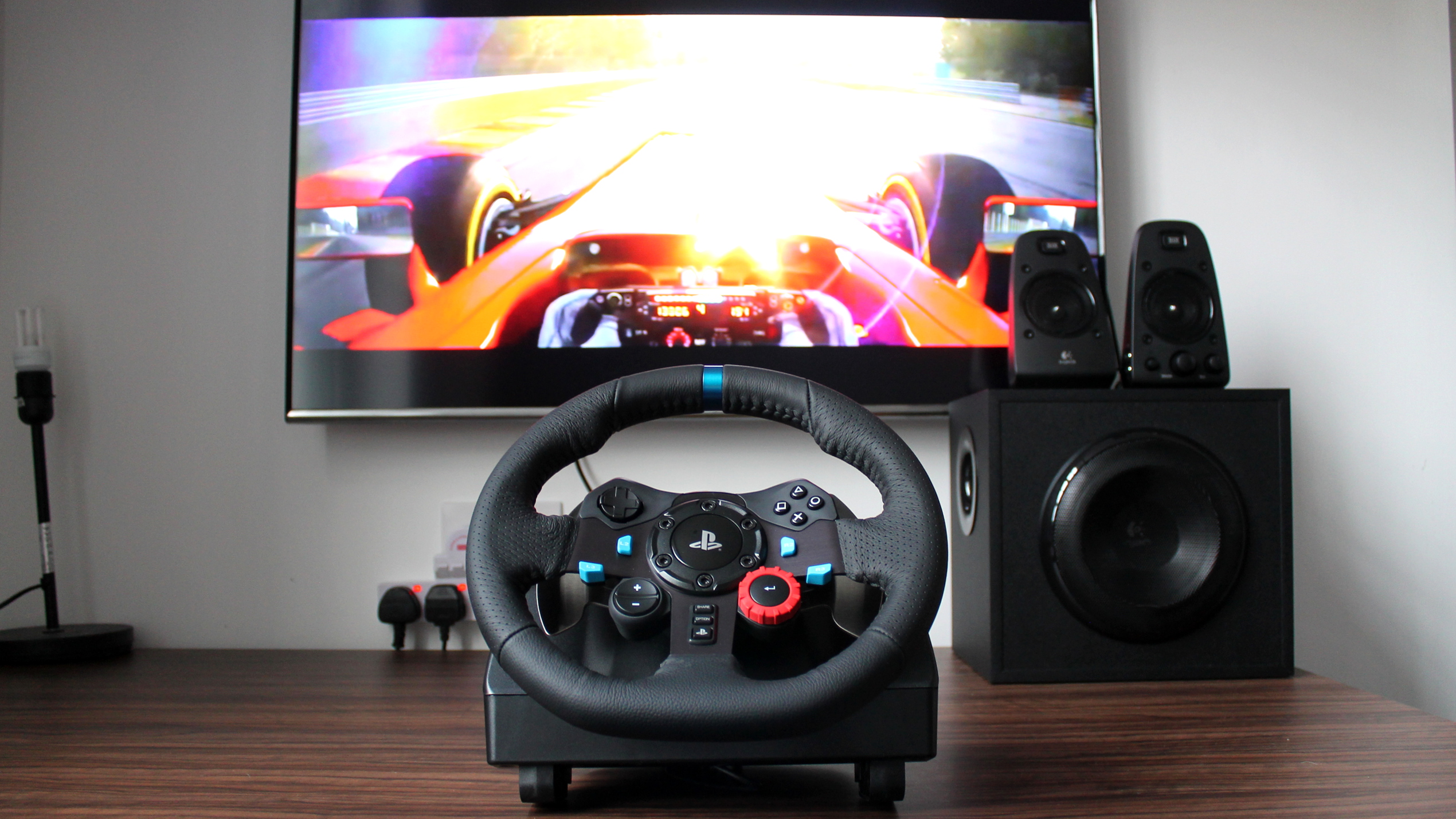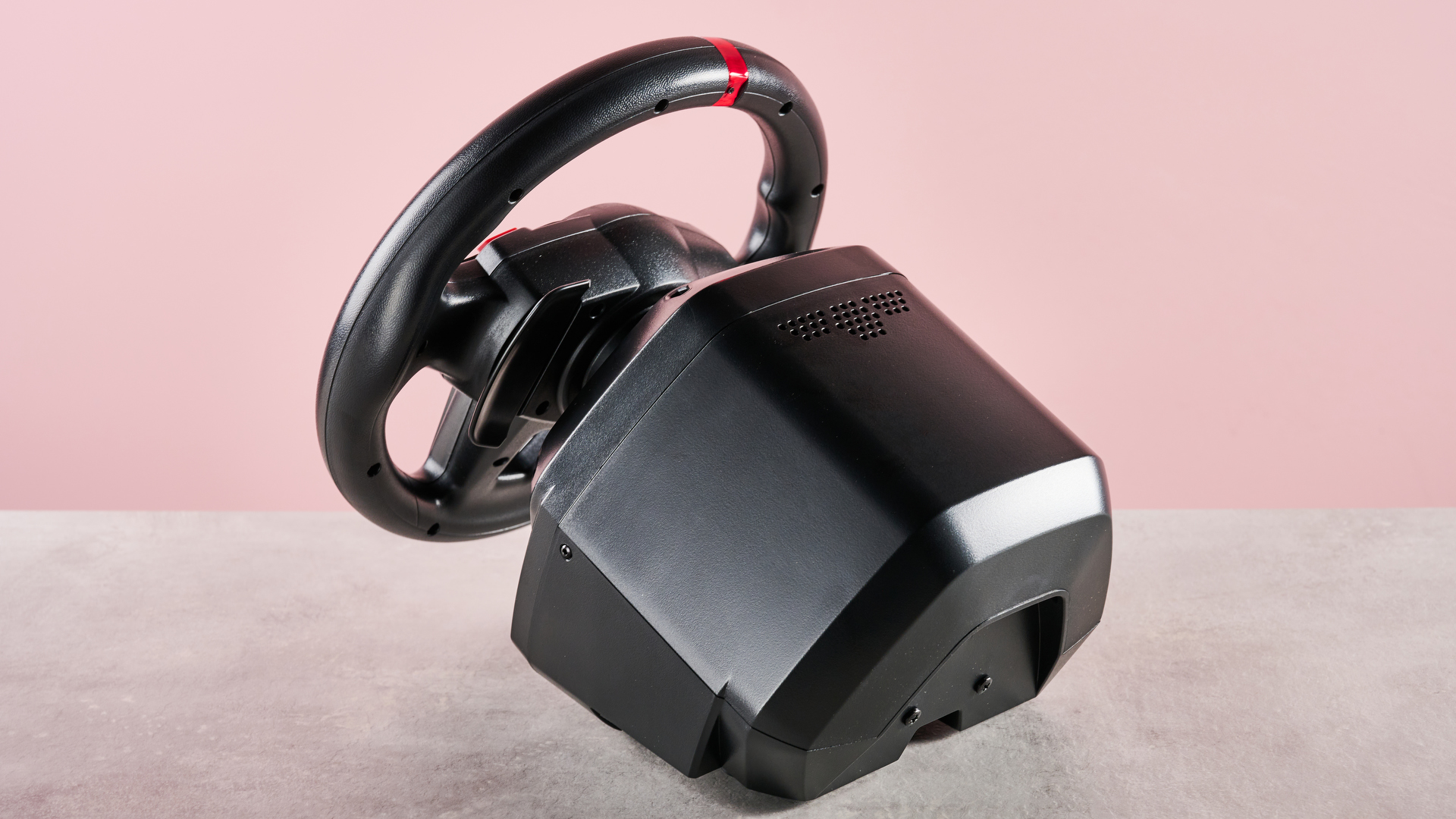I'm an expert in sim racing wheels – here are five things to keep in mind when you're buying one
Get the most from your racing wheel with these tips

A racing wheel can be a worthwhile investment for anyone who plays racing games, whether you’re a die-hard enthusiast or a casual fan. There are plenty to choose from in today’s market, ranging vastly in their price tags and features, but no matter which kind you’re after, there are a few things to look out for.
So here are five things to consider when buying one of the best racing wheels. I think all the below are worth considering, no matter what kind of wheel you’re after, or what level you’re coming in at.
1. Take time to get the settings right

No doubt you’ll be eager to jump behind the wheel and get racing as soon as you’ve bought one, but taking the time to set it up properly is crucial. You might be disappointed that your new purchase isn’t living up to expectations, but sometimes a few tweaks to the settings is all it takes to make a world of difference.
Many wheels will include their own software, with settings for steering angles, force feedback response, and other performance-related parameters. And if there’s no such software, or you’re playing on console without access to a PC, many racing sims will feature these in their own settings menus.
Force feedback settings are perhaps the first thing to get right. If you’re anything like me, you’ll nearly always want to adjust these, especially in the case of Thrustmaster wheels – they’re often so powerful that I find them unusable at their maximum forces.
Aside from this, you’ll want to seek out settings related to steering, such as the maximum angle, self-centering, and linearity, all of which can help with getting the right level of sensitivity and smoothness and improve tracking – essential for an accurate and enjoyable experience.
2. The games you play matter
As far as wheel support is concerned, not all racing games are created equal. Those that bill themselves as sims often fare much better with racing wheels, with the increased sense of control and connection working in total harmony with the game’s physics.
Sign up for breaking news, reviews, opinion, top tech deals, and more.
However, there isn’t such a hard line between arcade and sim racing games anymore. There are many crossover titles, and, in my experience, these can offer mixed racing wheel experiences.
I experienced this most notably when using the Hori Force Feedback Racing Wheel DLX. When playing Forza Motorsport on an Xbox Series X, steering didn’t seem to track accurately with my inputs, and the force feedback seemed at odds with what was actually occurring in game. A few in-game settings tweaks helped to a degree (see tip number one), but I still had the sense that the wheel wasn’t connected to the car – a cardinal sin for any racing wheel.
By contrast, the Hori performed much better when I used it to play Assetto Corsa (again on the Xbox Series X). Tracking was accurate and smooth right from the start, which I wasn’t too surprised about, given this game’s commitment to being a hardcore simulator.
3. Installations vary
Racing wheels can vary in their method of installation. Many feature a clamping system for fixing to a desk, but some are easier to use than others. I’ve found that the main screw on certain Thrustmaster models can be difficult and awkward to tighten, especially while supporting the not-inconsiderable load of the wheel base itself. The process in such cases was never too egregious, but it’s something to think about if you’ll be installing and uninstalling your wheel regularly.
Another aspect to consider is port access. Some wheel bases I’ve encountered block the wheel's ports once clamped, meaning you have to attach the various cables prior to installation, which is inconvenient if you need to detach and reattach them regularly.
Speaking of cables, you might want to check they’re long enough for your particular setup. I’ve encountered examples where cables weren’t comfortably long enough to route between the points they needed to go from and to, whether that was between the pedal set and the wheel base, or the wheel base to the console, PC, or power outlet.
Some wheels at the higher end of the market may also be compatible with racing wheel stands, featuring dedicated screw holes for them. Be warned, however, that racing wheel stands aren’t always the convenient, space-saving platform you might imagine them to be. They can be extraneously heavy, and even if they fold away and have castors they can still be difficult to maneuver and tuck away in confined spaces.
4. Wheel shape is important

This might not be something you give much thought to – after all, all wheels are round, right? But the truth is, their subtly different forms can make all the difference. Remember: you’ll be in contact with it constantly, so how it feels in your hands matters.
Some are totally round with little accoutrements. Others feature soft textures to help with grip, while others are squared-off at the bottom, which helps with orientation. Some also feature more ergonomic features; the Hori Force Feedback Racing Wheel DLX, for instance, features small indentations for your thumbs, which I quite liked.
Thankfully, many racing wheels (more so those towards the higher end of the market) feature detachable wheels, so you can swap them out for others that better suit your preferences and needs. Some of these differences will be purely cosmetic, while others will offer different shapes and button layouts – another important consideration.
5. Direct drive or belt-driven?

Direct-drive wheels are considered the gold standard in the sim racing world. These ditch the cogs for grain-free steering, which can be a real issue for belt-driven mechanisms. This results in a much smoother experience
As a result, direct-drive wheels are usually much more expensive than their belt-drive counterparts. However, if you’re more serious about your racing, they’re a must.
However, there are some more reasonably-priced direct-drive options, such as the Thrustmaster T598, which we think is the best entry point into the sector.
All this isn’t to say that belt-driven wheels can’t be great for sim racers, though. In fact, some are now so good that they come close to rivaling direct-drive models. We made this point in our Thrustmaster T-GT II force feedback wheel review, with that wheel amazing us with how close it came to matching the performance of direct-drive wheels.

Lewis Maddison is a Reviews Writer for TechRadar. He previously worked as a Staff Writer for our business section, TechRadar Pro, where he gained experience with productivity-enhancing hardware, ranging from keyboards to standing desks. His area of expertise lies in computer peripherals and audio hardware, having spent over a decade exploring the murky depths of both PC building and music production. He also revels in picking up on the finest details and niggles that ultimately make a big difference to the user experience.
You must confirm your public display name before commenting
Please logout and then login again, you will then be prompted to enter your display name.

